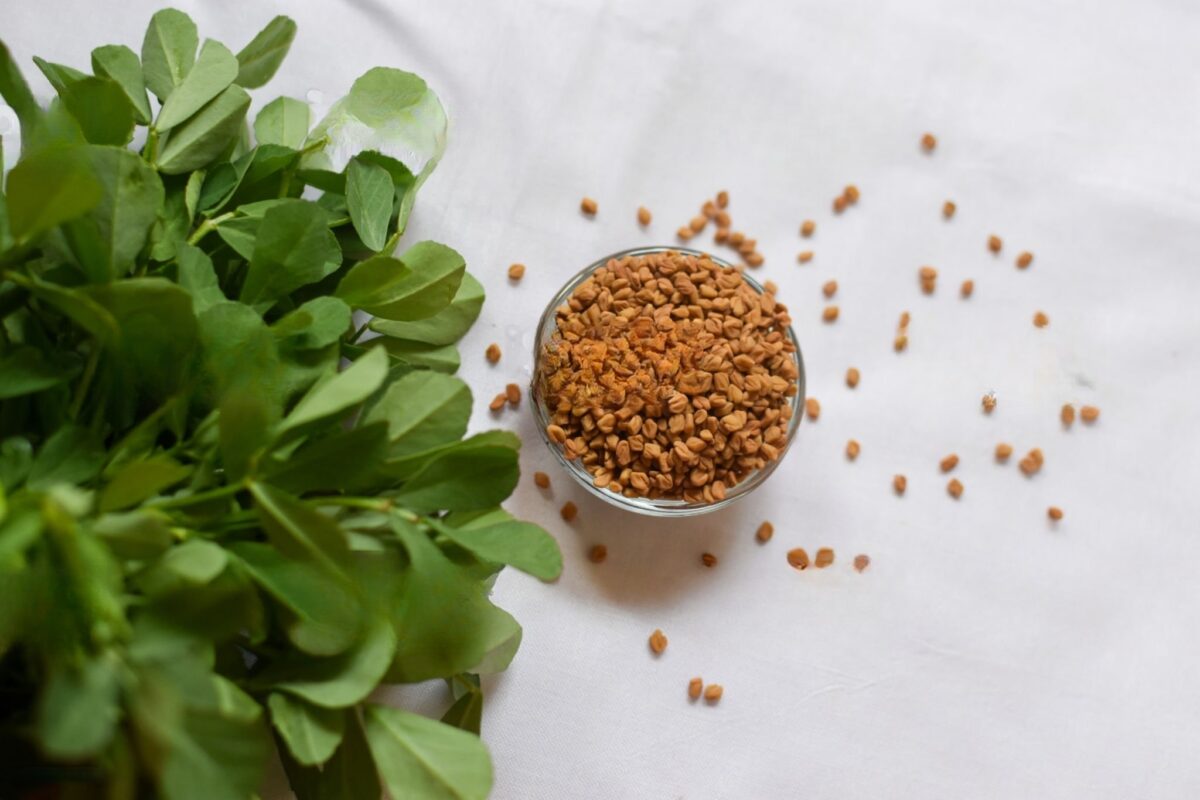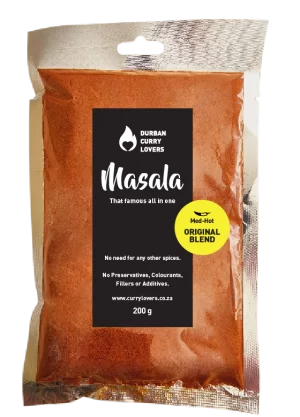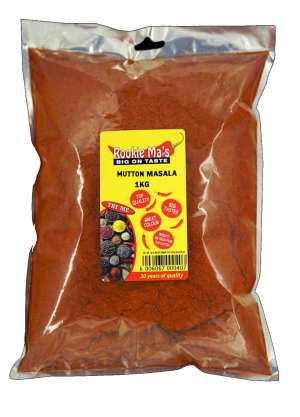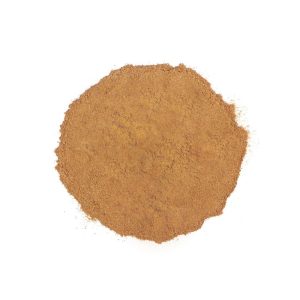
India, a country renowned for its rich culinary heritage, utilizes a vast array of spices and ingredients to craft dishes that are both flavorful and healthful. Among these ingredients is the modest fenugreek seed, locally known as ‘methi’. Fenugreek seeds have played an intrinsic role in Indian cooking for thousands of years, not only lending flavor but also offering a host of health benefits.
Historical Significance
Fenugreek’s history in Indian cooking can be traced back to the times of ancient India when it was primarily used for its medicinal properties. Ancient Ayurvedic texts mention the use of fenugreek in remedies for digestive problems, skin conditions, and metabolic disorders. The spice was also traded along the ancient spice routes that connected India with the Mediterranean regions.
Growing and Harvesting Fenugreek
Fenugreek is a hardy plant that thrives in well-drained soils under full sunlight. The plant is characterized by its trifoliate leaves and slender stems. It’s grown throughout India, but more prominently in states like Rajasthan, Gujarat, and Tamil Nadu.
The planting of fenugreek is typically done during the winter months. After about 3-4 months, when the plant matures, it produces slender, long pods containing the seeds. These pods are harvested, sun-dried, and then threshed to release the seeds, which are then stored for culinary and medicinal uses.
Health Benefits
The benefits of fenugreek seeds are not just limited to their flavor. The seeds are packed with:
- Fiber: Fenugreek seeds are a rich source of soluble fiber, which can help in regulating blood sugar levels.
- Galactomannan: This is a type of natural soluble fiber present in fenugreek seeds that may aid in cardiovascular health.
- Antioxidants: Fenugreek seeds possess potent antioxidant properties that fight against free radicals, promoting overall health.
- Anti-inflammatory Properties: Studies have shown that fenugreek seeds can help reduce inflammation in the body.
- Digestive Benefits: Fenugreek seeds are known to ease digestive problems and help treat constipation.
Using Fenugreek Seeds in Indian Cooking
The incorporation of fenugreek seeds in Indian cooking is both an art and a science. The seeds have a somewhat bitter taste, and therefore, they’re usually roasted or fried briefly in hot oil at the beginning of the cooking process, which mellows out the bitterness and releases a nutty, caramel-like aroma. This technique, known as ‘tadka’ or ‘tempering’, often involves adding other spices like mustard seeds, cumin, and asafoetida, which blend harmoniously with fenugreek seeds.
Once tempered, these aromatic seeds can form the base for various gravies and lentil dishes. In some regional cuisines, fenugreek seeds are also ground into a powder and used as a spice mix, often combined with other aromatic spices. Besides curries and dals, fenugreek seeds are occasionally soaked overnight, ground into a paste, and incorporated in bread doughs, giving the final product a distinctive flavor.
The key to using fenugreek seeds in Indian cooking is to balance their inherent bitterness with other complementary flavors, ensuring that the finished dish is harmoniously spiced.
Dishes that Celebrate Fenugreek Seeds
Besides our beloved Durban Curry, here are some dishes where methi is used.
- Methi Malai Murg: A creamy chicken curry where fenugreek seeds and dried fenugreek leaves add a unique flavor.
- Aloo Methi: A popular vegetarian dish made with potatoes and fresh fenugreek leaves.
- Methi Dal: Lentils cooked with fresh fenugreek leaves, providing a nutritional boost to the everyday staple.
- Methi Paratha: A flavorful Indian bread where fenugreek leaves are mixed into the dough and then pan-fried.
- Methi Pulao: Rice cooked with fresh fenugreek leaves, spices, and often coupled with vegetables or meat.
In conclusion, fenugreek seeds have seamlessly integrated into the Indian culinary scene due to their unique flavor profile and health benefits. From enhancing the taste of a dish to playing a significant role in traditional medicine, fenugreek seeds continue to be an indispensable part of Indian cooking.
Citations:
- Acharya, S. N., & Thomas, J. E. (2008). Fenugreek, an alternative crop for semiarid regions of North America. Crop Science, 48(3), 841-853.
- Sharma, R. D. (1986). An evaluation of hypocholesterolemic factor of fenugreek seeds (T. foenum graecum) in rats. Nutrition Reports International.
- Sowmya, P., & Rajyalakshmi, P. (1999). Hypocholesterolemic effect of germinated fenugreek seeds in human subjects. Plant Foods for Human Nutrition, 53(4), 359-365.
- Yadav, U. C. S., & Baquer, N. Z. (2014). Pharmacological effects of Trigonella foenum-graecum L. in health and disease. Pharmaceutical Biology, 52(2), 243-254.
Note: Always consult with a healthcare professional before adding any new supplement or food to your diet, especially in medicinal quantities.
If you enjoyed this article, then you may enjoy our article on the use of coriander / dhania in Indian cooking.
Here is a list of 20 spices commonly used in Indian cooking, with their translations.






